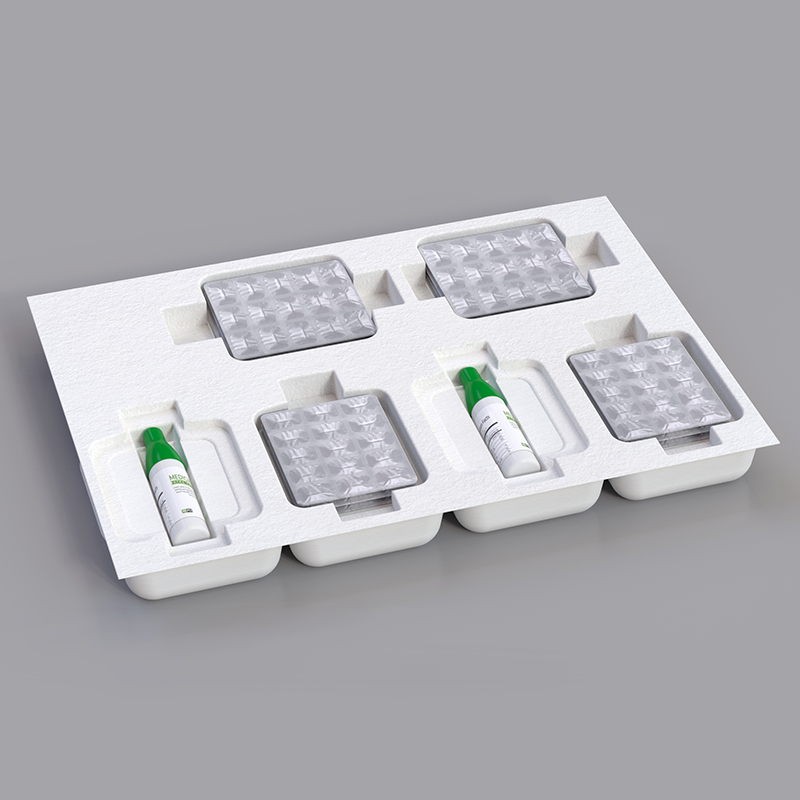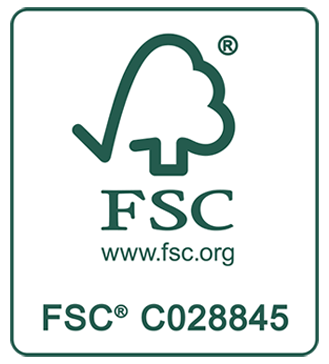
For many e-commerce businesses, the outside packaging is likely the main concern when packaging a product. While you should focus your attention here to attract customers, you must also pay close attention to the inside of the package. Adding fillers can protect the product inside from damage and rough handling.
Don’t skip this necessary packaging step. With our complete guide, you can choose the right type of packaging fillers. With these materials, you can have confidence that your products will reach the customer as you intended.
Air Pillows
Air pillows are inflatable bags that provide a cushioning effect to protect goods during shipping. You can inflate these pillows, made from a thin plastic film, on demand, making them an efficient and space-saving option for e-commerce businesses. They’re ideal for filling voids in packages and preventing items from shifting or colliding with each other.
Use air pillows when you’re shipping lightweight or moderately heavy items that need protection against impacts without adding significant weight to the package. This makes them suitable for a wide range of products, from electronics to cosmetics.
Bubble Wrap
Bubble wrap is a softer plastic material that can cushion breakable items. It consists of numerous small air pockets that provide cushioning, protecting items from shocks, vibrations, and impacts during transit. This characteristic makes bubble wrap immensely popular for securing electronics, glassware, ceramics, and other easily damageable items.
Use bubble wrap when you need a flexible, protective layer that you can wrap tightly around irregularly shaped objects or use to fill gaps in boxes. This ensures the items remain stationary and secure throughout the shipping process. The lightweight nature of bubble wrap also avoids adding unnecessary weight to the package, helping to keep shipping costs down.
Biodegradable Packing Peanuts
Biodegradable packing peanuts are an eco-friendly alternative to traditional Styrofoam peanuts. These peanuts, made from natural, non-toxic materials such as starch, dissolve in water. Plus, you can compost them, making them a sustainable choice for businesses looking to minimize their environmental impact. Use biodegradable packing peanuts when you want to ensure the safety of your products during transportation without contributing to landfill waste.
They are especially suitable for packing lightweight items or filling voids in boxes where movement during shipping could cause damage. Their environmental benefits also appeal to consumers who prioritize sustainability, potentially enhancing your brand’s reputation.
Corrugated Inserts
Corrugated inserts are sturdy cardboard frameworks designed to fit inside shipping boxes, providing extra protection and structure. Made by corrugated box manufacturers, these inserts are perfect for creating individual compartments within a package, which is especially useful for shipping multiple items in one box.
Use corrugated inserts when you need to prevent products from moving, touching, or damaging each other during transit. They are particularly advantageous for fragile items, ensuring that each piece remains secure and separated. Their strength and durability make them an excellent choice for heavier items that require additional support, safeguarding against compression forces that packages might encounter during shipping.
Kraft Paper
Kraft paper is a strong, durable paper made from wood pulp and characterized by its high tear resistance and elasticity. It’s an eco-friendly packaging material widely appreciated for its recyclability and biodegradability. Use kraft paper as a filler or wrapper when you need to pack items that require a cushioned environment or additional protection from scratches and scuffs during transit.
This filler paper is particularly useful for wrapping individual items within a box to prevent them from rubbing against each other or for filling up empty spaces to stabilize the contents. Its versatility and environmental benefits make it a popular choice for businesses seeking sustainable packaging solutions.
Foam Inserts
Foam inserts are precision-cut pieces of foam tailored to fit the contours of specific items. They provide a high level of protection by immobilizing products within a package. These inserts are particularly useful for shipping delicate items, such as electronics, fine china, and other valuables that need cushioning against impacts and vibrations during transit.
Use foam inserts when you require a custom-fit solution that safeguards your products from damage and presents them in a professional and aesthetically pleasing manner upon unboxing. Their ability to absorb shocks and provide a snug environment makes them an excellent choice for high-value items or products that are susceptible to damage.
Molded Pulp
Molded pulp is an eco-friendly packaging material made from recycled paperboard or newsprint, designed to be both sustainable and protective. Manufacturers create it through a process that molds the pulp into specific shapes and sizes, tailored to fit around products snugly. This provides excellent shock absorption and protection during shipping.
Use molded pulp when looking for an environmentally responsible packaging solution that doesn’t compromise product safety. It’s especially suited for packaging fragile items such as electronic gadgets, glassware, and ceramics that require a significant level of protection from impacts and compressive forces. Its biodegradable and compostable nature also appeals to businesses and consumers aiming to reduce their carbon footprint.
Bonus: Silica Gel Packets
While silica gel packets may not serve as traditional filler material for cushioning or stabilizing products in packaging, they play a crucial role in maintaining the integrity of the items during shipping and storage. These small packets contain silica gel, a desiccant that absorbs moisture and prevents the accumulation of humidity within the package.
This is especially important for items that are sensitive to moisture, such as electronics, pharmaceuticals, and certain food products. By including silica gel packets in your packaging strategy, you ensure an additional layer of protection against moisture and humidity and safeguard your product’s quality and shelf life.
This complete guide to types of packaging filler highlights the wide array of options available for businesses looking to protect their products during shipping. From lightweight kraft paper to custom foam inserts, there’s a packing material suitable for every type of product and shipping requirement. The choice of filler can significantly impact customer satisfaction by ensuring products arrive safely and in pristine condition. Optimize your packaging strategy today to meet both your operational needs and environmental responsibilities.




